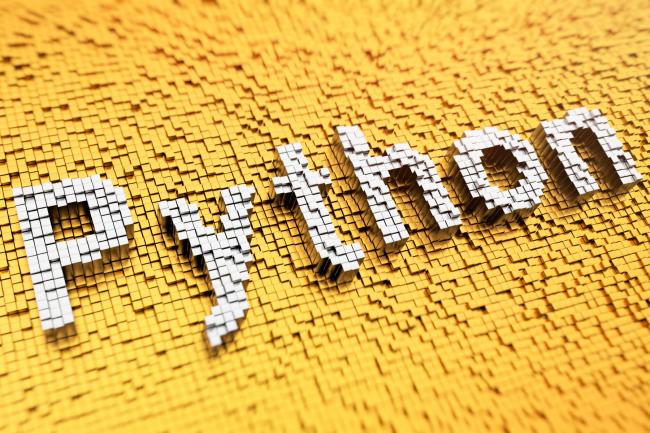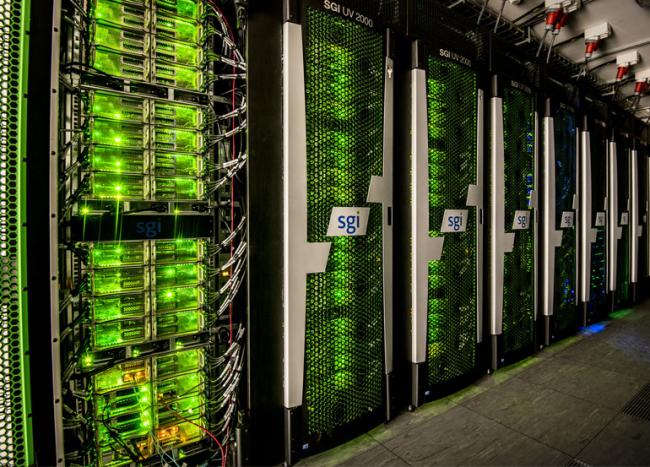Last summer, when I was looking around for internships, I got chatting to an EI alumnus at the cocktail bar I work at on weekends. He told me about the research assistant experience placement at EI and helped me craft an application (thanks Harbs!). I got through to the interview stage, and as much as I thought I aced the interview, it was clear I lacked the technical skills to take on such a data heavy project.
Whilst relaxing on the Norfolk beaches, wondering what on earth I was going to do with my summer, I requested some post-interview feedback from the PI, Wilfried Haerty, who I had applied to, and he suggested I learn to code… And that was that!
I spent my summer completing various online coding courses, I attended software workshops, and started reading around on tools and languages. I had realised that not being able to code was a barrier and I was determined to break it down.
When returning to UEA for my final year, I was delighted when the list of potential supervisors for our Research Projects included various supervisors from the Earlham Institute and other sites across the NRP but I was even more delighted to see Wilfried’s name on that list. Perfect! I’m back and I’m better.
Before learning to code I would not have been ready to do a bioinformatics project, let alone even consider one. But now, equipped with my new knowledge and interest in coding, I was eager to apply this biologically at EI.












